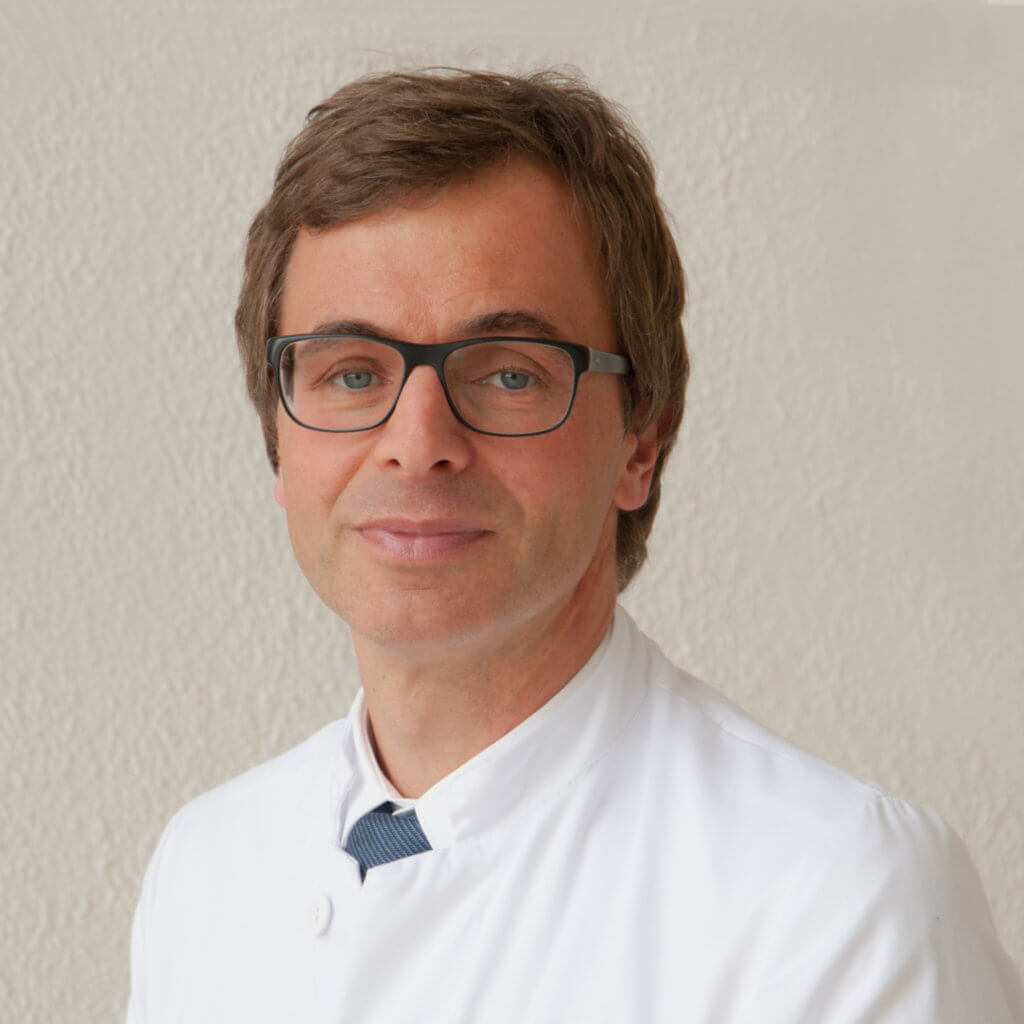Webinar
Digital ENT Operating rooms – Today’s technology and what’s coming in the future
Jan 13, 2021

Description
Brainlab invites you to join our live webinar, Digital ENT Operating rooms – Today’s technology and what’s coming in the future, on January 13, 2021 at 4:00 pm CET presented by Prof. Dr. Stefan Mattheis, MHBA, Vice-Director of the ENT Department, University Hospital Essen, Germany.
This webinar will cover topics including:
• Preoperative planning: The role of AI and VR
• Intraoperative import of digital patient data
• Integration of medical devices and the impact on workflows
• Intraoperative digital monitoring and documentation
• Postoperative evaluation and the value of Big Data
We look forward to meeting you online!
Language | English
In case you can not join the webinar, it will be recorded and shared afterward. Participation is free of charge.
The views, information and opinions expressed within this presentation are from the speakers and do not necessarily represent those of Brainlab.

Stefan Mattheis, MHBA, Vice-Director of the ENT Department
University Hospital Essen, Essen, Germany